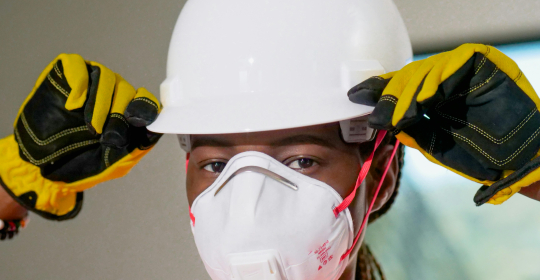Research from Oleeo, the leading talent acquisition technology provider, in collaboration with Hiring and Technology Advisor, Bill Boorman, has concluded that with just 10% passing the initial screening stage, and a tiny 0.56% chance of eventually being hired for a role, applicants are applying for more jobs than ever before. As a result they are not bothering to check out a company’s employer credentials before applying. Instead, they are purely focused on the job description and whether the post captures their attention.
For its Thrive in a New World of Hiring Report, Oleeo and Boorman analysed 9 million applications to monitor how candidates behaved in every possible phase of the recruitment process. It found that, in a bid to increase their chances of being hired, candidate job applications have soared, doubling in the last two years alone. As a result just one in ten are passing the initial screening stage and this is having a profound impact on candidate behaviour.
Charles Hipps, CEO and Founder at Oleeo, elaborates: “So long as the ‘job brand’ is right, candidates are paying limited attention to the ‘employer brand’ at the earliest stage in the application process. They’re reckoning that with such a small chance of success there’s little point in spending precious time or emotion researching or getting too interested in any particular employer. Such behaviour demands a new mindset from employers where the experience intelligently revolves around the candidate and their desires.”
Oleeo’s study shows that instead of weighing up different companies and limiting their applications to the employer brands they rate, candidates are applying a more scatter-gun approach, basing their decision to apply on minimum job requirements and criteria, such as location and salary. To combat the low rate of hire, candidates are applying to up to 30 different jobs and are not becoming invested in a particular brand at the early stages of the recruitment process - because the likelihood of receiving a response is slim.
Boorman explains: “This report highlights the fundamental changes that we are seeing in applicant behaviour. Organisations simply have to alter the way they think about attracting top talent, as they are no longer conforming to historic trends. The more proactive companies have already realised this and adopted a new way of communicating to their future hires. It is therefore clear that whilst organisations must invest in their ‘employer brand’, far more onus needs to be placed on ‘job brand’ in the first instance. This initial touchpoint is more important than ever, and can be the difference between attracting the very top talent, and not.”
Oleeo’s research suggests that this technology is a much needed support for recruiters who typically have 91 tasks to perform as part of the hiring process. However, it isn’t the only solution. To deal with a candidate community focused on the ‘job brand’, employers also need to review their hiring processes. Instead of having a static, one-size fits all approach, they need to implement multiple hiring funnels designed around the individual needs of specific roles, so that it’s much easier for candidates to see the specifics of a role, upfront.
Hipps argues that with recruiters receiving a record number of applications for each job posting, technology is becoming more vital to the process. “With HR teams seeing applications and therefore their workload potentially double, recruitment technology is being heavily leaned on. By using machine learning algorithms, technology is saving recruiters thousands of man hours by making recommendations based on evidence of the candidate’s ability, competence, skills and experience. This is enabling recruiters to quickly discount any applicants who aren’t suitable, and progress with the ones that are, spending more quality time with each.
“The last thing anyone wants is applicants applying for jobs they’re not suited to. So the smarter companies can become at clearly showing candidates – at the earliest possible stages – the minimum criteria for a specific role, the better. This will help recruiters attract and connect with specific target audiences, thereby reducing overall applicant numbers – saving everyone’s time, the candidates and the employers.”
The report also shows that when employers implement multiple hiring funnels it allows them to target job seekers like a marketer targets consumers; tailoring the selection criteria and screening so that it’s appropriate for each job group, and allowing communication and content to be specific for each audience.
Targeted hiring funnels, combined with smart recruitment technology, not only reduce applicant numbers, but also improve the candidate experience and accelerate the hire process. They reduce the ‘Candidate Black Hole’ – the large number of candidates who apply for a role and never hear anything from the employer, and improves the apply to progression ratio at first screening.
For the 10% of applicants that make it through the initial screening process, ‘employer brand’ then becomes their top priority. The trackable digital behaviours of the 900,000 applicants show that after receiving a positive response, candidates absorb as much employer brand content as they can, including employee profiles and employer reviews. This is because candidates feel as if they have broken through the masses and have received their first touch point with the brand, making it an appropriate time to start differentiating one employer from another.
Boorman concludes: “Whilst employer brand becomes their key focus at this stage, candidate experience still plays a noticeable part in the final decision-making process. This means that throughout the lengthy recruitment process, which takes on average six weeks, it is essential that recruiters also work hard to keep future employees warm and engaged if they want to acquire the best talent.”
To read the full report ‘Thrive in the New World of Hiring’, please click here.






